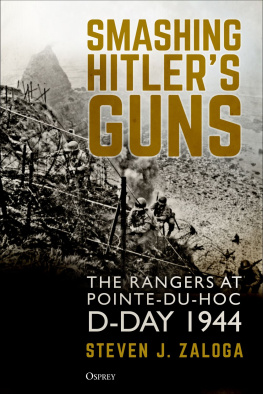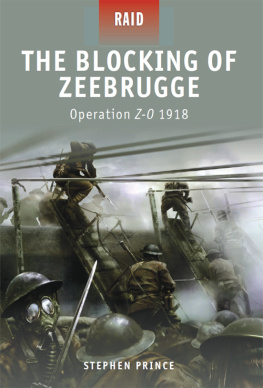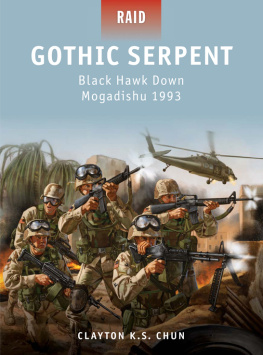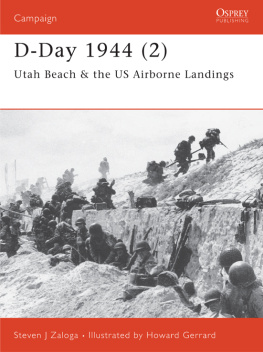ISRAELS
LIGHTNING STRIKE
The raid on Entebbe 1976
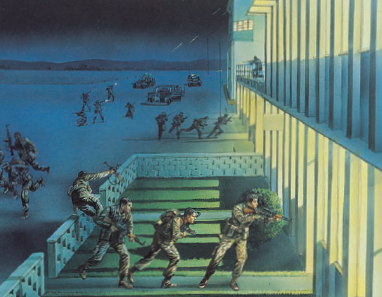
SIMON DUNSTAN
CONTENTS
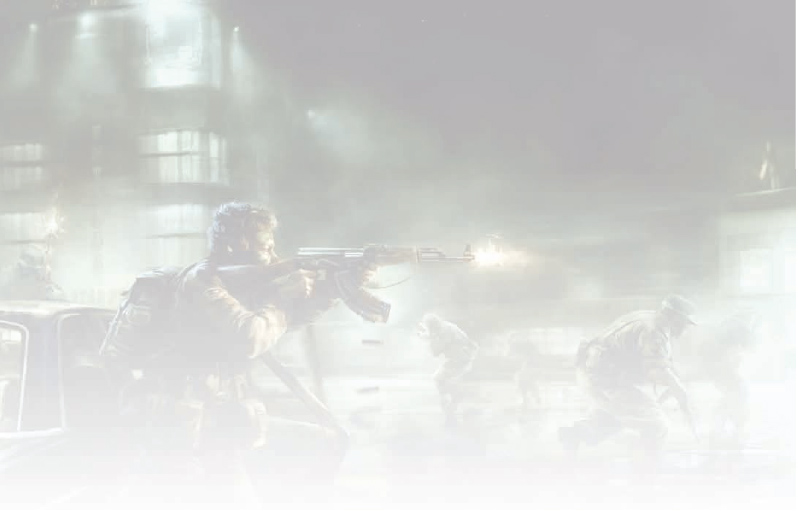
INTRODUCTION
The Origins of Aerial Hijacking
The first airline was founded on 16 November 1909 in Frankfurt, but it was only in the wake of the GreatWar (191418) that commercial air travel began in earnest. The maiden flight of what was considered to be a truly modern airliner took place in February 1933; a twin-engine Boeing 247 monoplane that was capable of flying from coast to coast across the United States of America (USA) in just 20 hours. The following month, on 28 March 1933, the first airline disaster caused by an act of sabotage occurred when an Imperial Airways ArmstrongWhitworth Argosy crashed in flames in the Belgian countryside near Dixmunde, some 60 miles north-west of Brussels. All 15 passengers and the crew of three were killed. It was not the only incident that year. On 10 October 1933, a United Airlines Boeing 247 flying from Cleveland, Ohio, to Chicago, Illinois, was destroyed in midair by a nitro-glycerine explosive device, killing all seven persons on board.
In the late 1940s, a number of civilian airliners were hijacked as people in Eastern Europe attempted to flee communist rule. However, the first act of political terrorism against a commercial airliner occurred on 11 April 1955. An Air India International Lockheed 749A Constellation carrying Chinese delegates and journalists was disabled by an explosive device and crashed into the South China Sea with the loss of 19 lives.
The first of a series of aerial hijackings involving Cuban aircraft took place on 9 April 1958. Such incidents increased significantly following the Cuban Revolution and the assumption of power by Fidel Castro in 1959, with the standard destination being Miami, Florida, with its large Cuban population. In the early 1960s, no US federal law against aerial piracy had yet been implemented. As a result, a number of lone gunmen hijacked American domestic flights, instructing the pilots to change course for Cuba, the landing place of choice for hijackers of aircraft originating in South America, Central America and the Caribbean at this time.
Although there had been remarkably few casualties or fatalities among crews or passengers of hijacked aircraft, the first losses in the USA since the advent of the jet age were reported on board an Eastern Airlines DC-9 Series 31 airliner, designated Flight 1320, on 17March 1970. A single gunman burst onto the flight deck, shooting the two pilots. Despite being mortally wounded, First Officer James Hartley overpowered and shot the hijacker with his own pistol and, notwithstanding his severe injuries, Capt Robert Wilbur was able to land the aircraft safely.
Prior to the Six Day War of June 1967, aerial hijackings and sabotage were comparatively rare in the Middle East. However, the humiliating defeat suffered by he Arab world during this conflict galvanized the various Palestinian factions into independent action. On 23 July 1968, members of the Popular Front for the Liberation of Palestine (PFLP) hijacked an El Al Boeing 707-458 bound for Tel Aviv from Rome. Flight 426, having initially set out from London, was carrying 38 passengers and a crew of ten when Capt Oded Abarbanell radioed that he was being forced to fly to Algiers. After landing at Dar el Baida Airport, the passengers were divided into Jews and gentiles, the latter being immediately released. After five days of frustrating negotiation, ten Israeli women and children, including three air stewardesses, were released. The other hostages were freed some five weeks later, after the Israeli Government agreed to an exchange of 16 political prisoners. El Al, Israels national airline, subsequently introduced the most rigorous security measures possible to protect its aircraft and passengers. Armed security guards known as air marshals were now routinely carried on flights, while all luggage was hand searched and the aircraft flight decks protected by armoured doors. Israel also instituted a policy of retaliation for any attack against its citizens in the biblical tradition of an eye for an eye.
These measures were even more meticulously implemented following an attack on an El Al Boeing 707-358B at Athens Airport in Greece, on 26 December 1968. As it taxied down the runway for take off, two PFLP terrorists riddled the aeroplane with automatic fire. One passenger was killed and a stewardess wounded, while the aircraft was badly damaged. Both terrorists were captured and imprisoned. Two days later the Israeli Defense Forces (IDF) mounted Operation Tshura (Reward) in response, targeting aircraft ofMiddle Eastern countries located at Beirut International Airport. Under the command of BrigGen Rafael Raful Eitan, three assault units were gathered at Ramat David, an air base near Nazareth, on 28 December 1968. Each unit, comprising approximately 22 men, was assigned a sector of the airport and tasked with destroying as many aircraft as possible that could be readily identified as belonging to Arab airlines or the Lebanese Air Force. The assault force was inserted by six Israeli Air Force Aerospatiale SA 321K Super Frelon Tzira helicopters of No114 Squadron (Tzira being Hebrew for Hornet). Seven Bell 204 helicopters supported the operation and, in case it became necessary to evacuate by sea, four Saar class missile boats and naval commandos of Shayetet 13 also made up the detachment. The first helicopter landed at 2118hrs and, within 30 minutes, 14 aircraft had been destroyed; 13 belonging to Middle East Airlines and one, hit by mistake, to Ghanaian Airlines. The wreckage included two Boeing 707-320Cs, three de Havilland Comet C4s, one Sud Aviation Caravelle and one Vickers VC10, with the remainder being Vickers Viscount turboprop airliners. The estimated damage caused was in the region of $45 million. The policy of an eye for an eye was now firmly established.
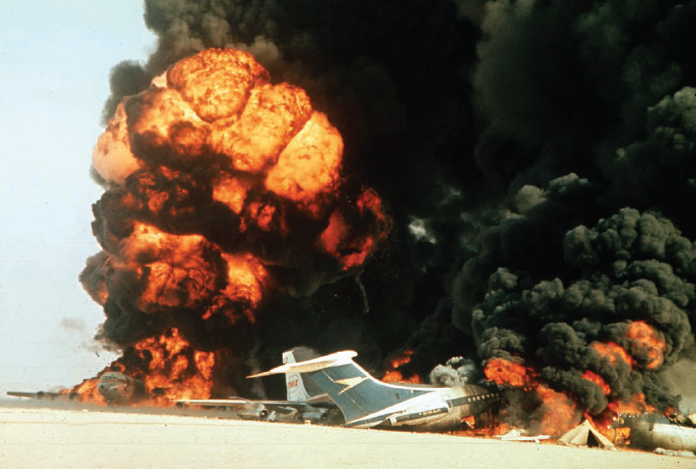
In September 1970, the PFLP hijacked four airliners in a dramatic act of air piracy. The aircraft were flown to a remote desert airstrip in Jordan at al-Azraq but known as Dawsons Field since it was formerly a RAF wartime base. To the PFLP hijackers, it became Revolution Airport. On 12 September, the PFLP destroyed the empty aircraft with explosives in an orgy of destruction leading to armed confrontation between the PLO and the Hashemite Kingdom of Jordan. (Photo by Getty Images)
The PFLP launched a further automatic weapons attack against an El Al Boeing 720B as it was about to take off at Zurich-Kloten Airport in Switzerland on 18 February 1969. The aircraft was hit some 40 times and a trainee pilot was killed. The PFLP struck again on 29 August 1969 with the hijacking of Trans World Airlines Flight 840 en route from Rome to Tel Aviv. The Boeing 707-331B was diverted to Damascus Airport in Syria where the aircraft was destroyed by an explosive charge. All on board were released except for six Israelis who, some three months later, were exchanged for 13 Syrian military prisoners held by Israel.
And so the cycle of terrorism and aerial hijacking continued, but by now the security measures instituted by El Al made their aircraft far more difficult to seize. Furthermore, the Israeli Government had introduced a policy of no longer exchanging political prisoners for hostages, irrespective of whether they were of Jewish origin. Consequently the terrorists sought easier targets such as airlines belonging to the Western powers that supported Israel. They also adopted other means of circumventing Israeli security measures, using a network of international terrorist groups to penetrate Israeli defences more successfully.




